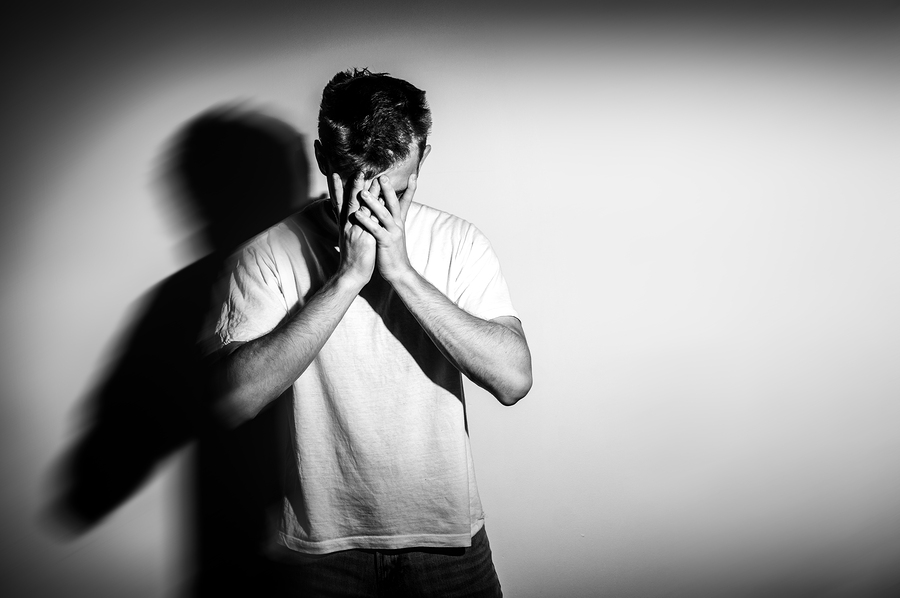
Schizophrenic or Schizoaffective?
Schizophrenic or Schizoaffective? What do you think? Although such disorder is a mental illness that is closely related to schizophrenia, the two problems are distinctly different diagnoses. Many people mistakenly believe that schizoaffective disorder is a subtype of schizophrenia but this is not the case. They are both separate mental disorders that have their own unique set of symptoms.
People who are schizoaffective often receive a diagnosis of schizophrenia in the early stages of their illness because the two problems are so frequently confused. There are many similarities between the two illnesses which can cause some physicians and psychiatrists to misdiagnose their patients. However, there are also significant differences that make it possible to categorize one separately from the other.
Even though schizophrenia is the more well-known disorder that is often considered very severe, the truth is that schizoaffective disorder is much more complex and difficult to diagnose and treat. A diagnosis of the schizoaffective disorder can be problematic because it combines characteristics of different disorders. However, with the right treatment it is still possible for a schizoaffective individual to improve their condition and function as well as they can.
What is Schizoaffective Disorder?
Someone who is schizoaffective is experience a hybrid of different conditions that combines characteristics of schizophrenia and certain mood disorders such as bipolar disorder and depression. The fact that it is a hybrid condition affecting a person’s mood is what sets it apart from schizophrenia which is related to thoughts and behavior but not directly to a person’s mood. Schizoaffective disorder blends different health conditions and affects a person completely including their thoughts, feelings, behavior and mood.
One way to understand how schizoaffective disorder combines different characteristics of disorders is to think of it as a part of a spectrum. On one end of the spectrum would be schizophrenia and on the other would be a mood disorder such as bipolar disorder. Schizoaffective disorder would fall somewhere in the middle of these two illnesses.
People with such disorder can often exhibit symptoms that are experienced by people with bipolar disorder including extreme mood swings. They will feel the high of mania and the low of depression through different phases of their life in a similar way to bipolar disorder. However, a schizoaffective person will also experience symptoms normally associated with schizophrenia such as hallucinations and delusions.
Understanding the Symptoms of this Disorder
A schizoaffective person, may suffer unnecessarily if they receive an inaccurate diagnosis of either schizophrenia or a mood disorder. They need treatment for all of their symptoms rather than one aspect of them so it is important that they have a correct diagnosis in order to improve. These are some of the signs and symptoms of this disorder:
- Auditory hallucinations in the form of voices that may be hostile or accusatory
- Delusions or false, irrational beliefs that cause fear, paranoia and mistrust of others
- Disorganized thinking as exhibited by thought or speech patterns that lack coherence
- Thought blocking where the mind suddenly goes blank
- Excessive, repetitive or agitated body movements that have no obvious purpose
As well as manic symptoms such as:
- talking too fast
- Racing thoughts
- Difficulty thinking and concentrating
- Inflated self-esteem and delusions of grandeur
They might also have depressive symptoms including:
- Low energy and motivation
- Appetite and weight changes
- Talking too much or too little
- Trouble completing projects
- Apathy about school, work or relationships
- Feelings of hopelessness or thoughts of suicide
Diagnosing Schizoaffective
Because there are many different sets of symptoms and one individual may not exhibit all of them it can be very complex to recognize and diagnose schizoaffective disorder. It requires more extensive exploration of a patient’s medical and psychological background. Psychiatrists must be cautious about diagnosing someone as schizoaffective and have enough expertise in order to make an official diagnosis.
In order for someone to receive a diagnosis of schizoaffective disorder they will need to have experienced psychotic episodes for at least a month that involved delusions, hallucinations or disorganized thinking. They will also need to have a mood disorder that is dominant more than half of the time. If either mania or depression have been present for an extended period of time along with psychotic episodes then they will most likely be diagnosed as schizoaffective.
Although schizoaffective disorder is complex, like most mental illnesses it is treatable with the help of medication and psychotherapy. Antipsychotics can be helpful for any schizophrenic symptoms and antidepressants or mood stabilizers can help treat a mood disorder. Individual psychotherapy along with group therapy can be very beneficial to help treat the sources of their symptoms.
An inpatient treatment program for a period of time can be very helpful in allowing a person, to learn to manage their disorder and minimize their symptoms. If you think you or someone you love might have this disorder then contact a mental health professional for assistance.